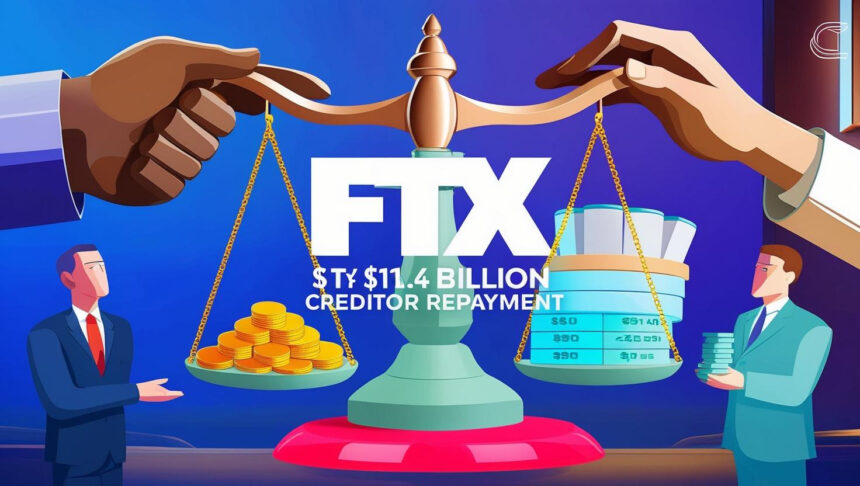A Bittersweet Victory for Crypto Creditors
After years of legal battles, frustration, and uncertainty, FTX is finally gearing up to return $11.4 billion to its creditors. But while this may sound like a win, not everyone is thrilled about how the repayments are being handled. Buckle up, because this is a rollercoaster story of lost fortunes, delayed justice, and a lingering sense of unfairness.
🏛️ The Long Road to Repayment
Once a dominant name in crypto trading, FTX collapsed spectacularly in November 2022, leaving thousands of investors and institutions in financial limbo. Now, after years of bankruptcy proceedings and legal wrangling, the exchange has announced that repayments will begin on May 30, 2025.
The repayment pool stands at $11.4 billion, an amount accumulated from asset recoveries, liquidations, and legal settlements. But not all creditors will be treated equally.
Who’s Getting Paid First?
🔹 Institutional investors and businesses that held large amounts of crypto on FTX will be prioritized. 🔹 Smaller creditors—those owed less than $50,000—have already begun receiving their share. 🔹 The rest will have to wait, but at least there’s now an official payout date.
🤯 The Mind-Blowing Claims and Legal Chaos created by FTX
FTX’s bankruptcy proceedings were nothing short of a nightmare. The company received an insane number of creditor claims—27 quintillion dollars worth! (Yes, that’s a real number.) Of course, many of these claims were fraudulent or duplicated, but sorting through them was a logistical nightmare for the bankruptcy team.
Meanwhile, legitimate creditors have been accruing 9% annual interest on their unpaid claims, making the final payout amount even more complicated.
💸 The Controversial Valuation Problem
Here’s where things get messy: Repayments will be based on the U.S. dollar value of crypto assets in November 2022.
To put that in perspective: 💰 Bitcoin was around $20,000 in November 2022, but today it’s worth over $60,000. 💰 Ethereum was trading at about $1,200, now it’s over $3,500.
That means creditors who had crypto on FTX aren’t getting reimbursed in Bitcoin or Ethereum—they’re getting cash at old, lower prices. The result? Many investors feel shortchanged, as they’re missing out on the massive gains their assets have made since the collapse.
“It feels like we’re being robbed all over again,” one creditor lamented in an online forum.
🌍 What This Means for Crypto Markets
With billions of dollars being distributed, the big question is: Where will this money go?
Some analysts speculate that many former FTX users will reinvest in crypto, potentially giving the market a boost. Others warn that lingering distrust could keep some investors on the sidelines, wary of centralized exchanges and preferring self-custody solutions.
Meanwhile, on social media, discussions are heating up, with mixed reactions:
📢 “At least we’re getting something! It could’ve been worse.”
📢 “FTX is screwing us over again with those outdated valuations. We should be paid in crypto!”
📢 “Maybe this finally closes the FTX chapter so we can all move on.”
🔮 The Future of Crypto Post-FTX
The FTX collapse was a hard lesson for the crypto world, highlighting the risks of centralized exchanges, poor risk management, and corporate fraud. While Sam Bankman-Fried, FTX’s disgraced founder, is facing decades in prison, the industry is still feeling the aftershocks of his company’s downfall.
If there’s one takeaway from this saga, it’s this: Trust is fragile in crypto.
For now, creditors are finally getting some long-awaited relief—but whether they’ll walk away feeling victorious or robbed (again) remains to be seen.
What do you think? Is this a fair repayment plan, or are FTX creditors getting the short end of the stick?
Let’s discuss! 👇























